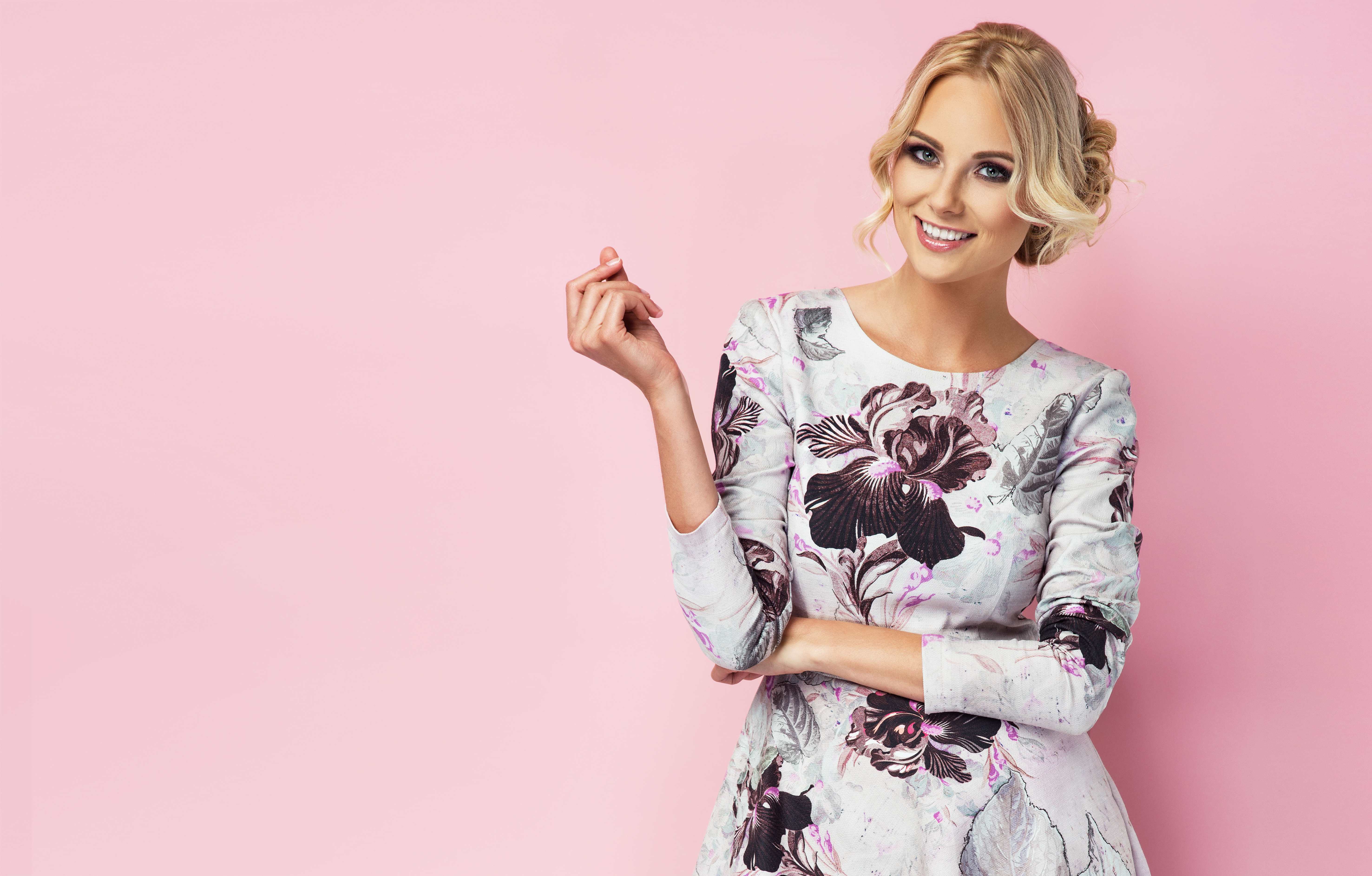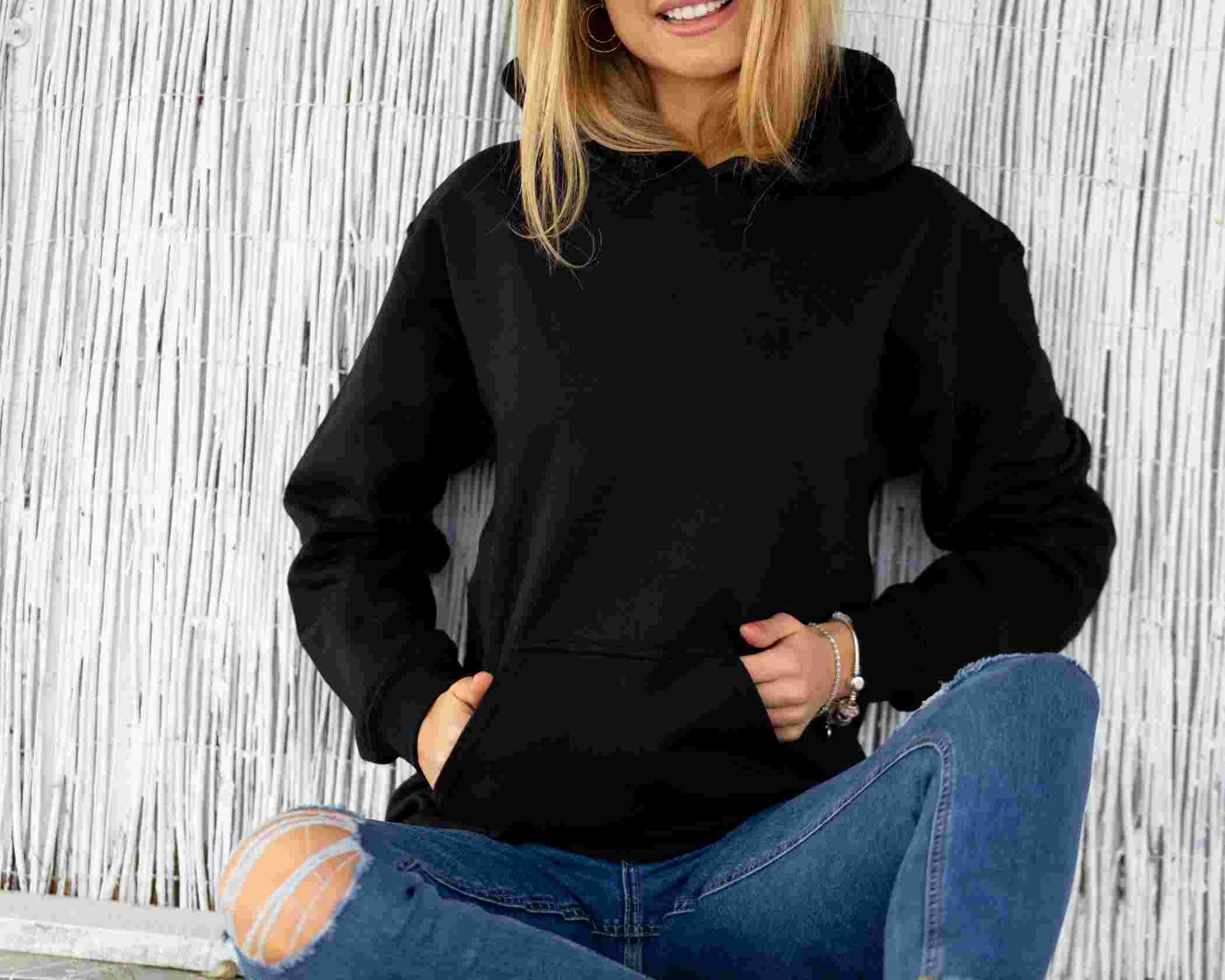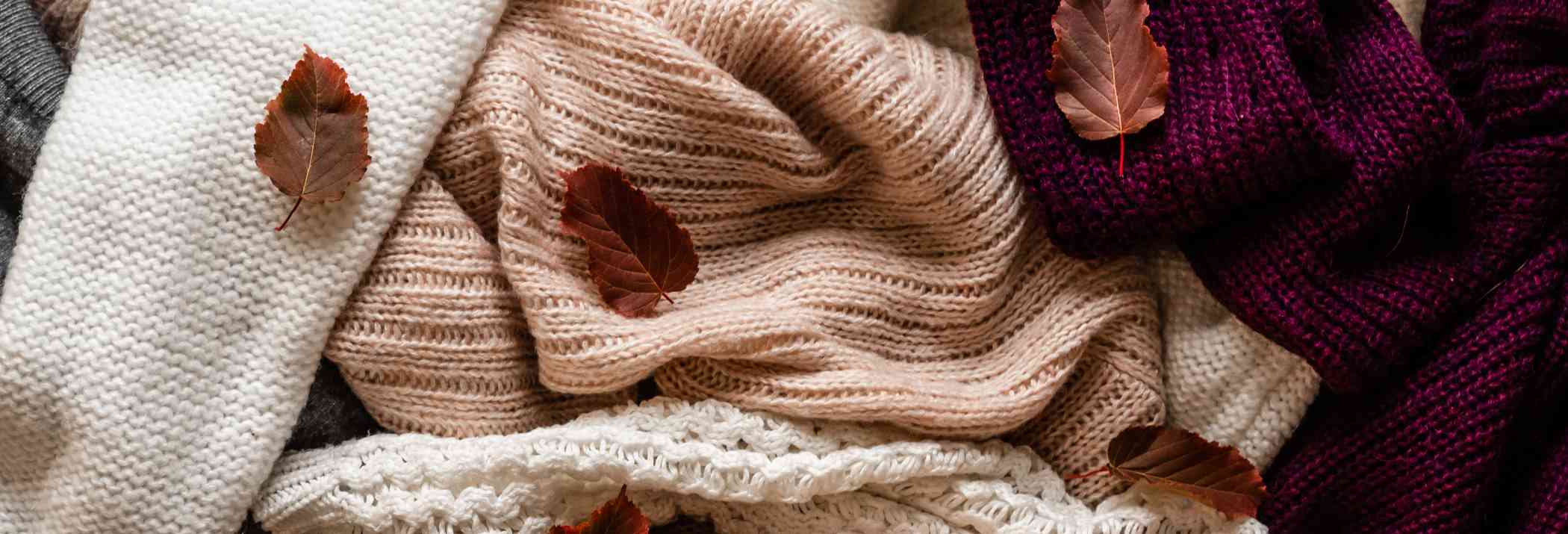How to Ace Geometrical Construction While Designing Clothes?

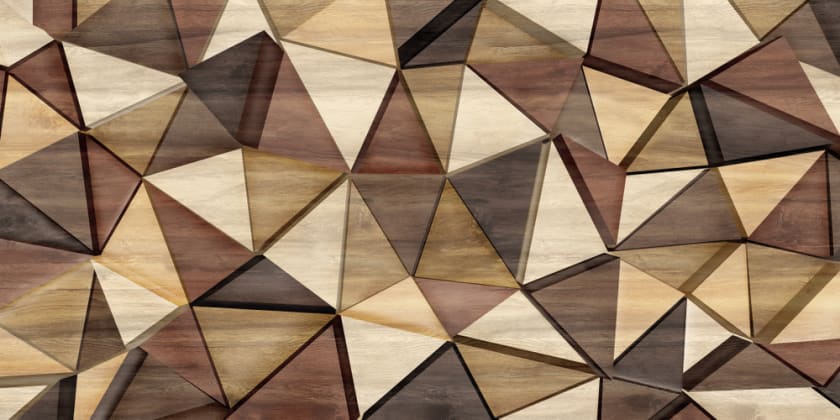

Geometry is used by every person unknowingly in their daily life. It is an imperative part of human life. When we look around the house, we get to see the objects in our house with different shapes and figures, be it a TV or a side rack. Geometry is used in different fields such as in architecture, for creating an image, animated video measurement, art and many more.
Geometric construction is the process of drawing a geometrical figure using a compass and ruler. A compass is used to draw circles and arcs, and a ruler is used to draw line segments and check measurements. Geometrical construction or patterns are nothing but a set of shapes. Before applying these shapes to your design, you need to understand what these shapes represent. Each shape has its own identity or meaning.
- Rectangles represent balance
- Circles represent eternity
- Triangles represent stability
- Rhombuses represent its vibrant
- Hexagons represent unity
You can combine these shapes or pick any of these shapes to create your design, depending upon the theme of your collections. One can use just one geometric shape or all of them in one design. But along with shapes, it is very important that the designer use clear lines and the right colour selection for the perfect aesthetically designed outfit.
Geometrical construction is used not only in designing clothes but also in structuring clothes. For example, calculating the body measurement before applying different shapes onto drafting and pattern making is very important to get a garment that fits well. Be it for the body of the garment, necklines, or hemlines, geometry is used in every aspect. To design artistically appealing outfits, geometry is used to make beautiful patterns. It is very important to ensure that the seams are parallel during the making of the clothes for the garments to hang correctly on the body.
Why geometry is an inspiration for designing clothes
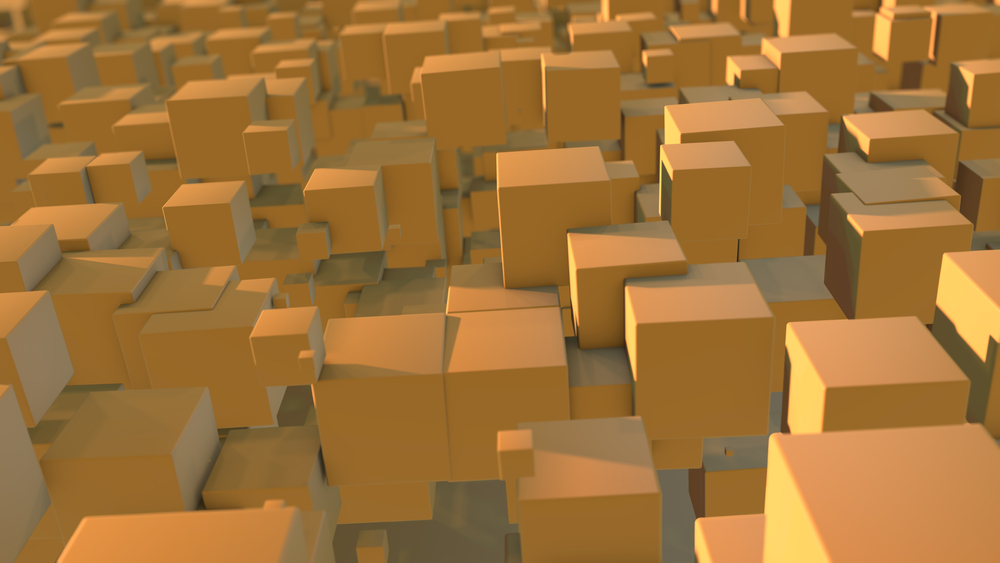
Angles, shapes, lines, silhouettes and many more geometrical concepts are used while designing clothing. One doesn’t need to create complex geometric designs like those of runway fashion shows. You can create very simple, straight silhouettes by using geometrical construction to form the garment. Elements of clothes like shapes and circles of colour, triangles, squares, and stripes are in the collections of every fashion designer. It isn’t easy to incorporate geometrical construction into a garment. The designer needs to ensure the end product fits perfectly. Buyers just don’t pick any garment that is hung on the racks. They look for stylish, fashionable garments that fit perfectly. Designers use geometry principles to create aesthetically appealing new designs.
Application of geometrical ideas in seven elements of design
The seven fundamental elements of design that make the garment look appealing and aesthetic are shape, colour, space, form, line, value, and texture. Be it style, colour or texture, one cannot create an aesthetic cloth without the help of geometrical ideas. Starting from making the pattern on the cloth, till choosing the final colour and fit of the cloth, each step has to be carefully executed and measured. If a neckline is too loose or a side seam doesn’t match, the cloth doesn’t look aesthetically pleasing.
Geometric photography, for example, uses shapes to shift around where certain pieces of the image are. Shifting different parts of an image can create a different effect, and can create something quite original.
How to apply geometrical construction in clothes design?
Regardless of what you’re designing, the primary rule needs to be followed when applying geometrical construction to the garment. While designing any type of clothing, shapes, angles, and matched seams are important. This is where geometrical construction comes in useful. To create aesthetically appealing outfits, the concepts of geometry have to be used while making the patterns. Geometric principles are used to create new patterns and designs that are eventually used to make clothing items.
With the help of geometry, designers can create unique clothes by applying their creativity to a garment. Geometry is not used only in clothes designing. Even fabrics are made through the application of geometric principles. Squares, stripes, circles, rectangles, etc., are used to create print designs on fabrics.
Constructing a building or creating garments are very similar. One applies lots of geometrical construction during the architectural process. Every corner of the building needs geometrical application, and so does a garment. A two-dimensional fabric gets converted into a three-dimensional garment by applying geometrical principles to it.
One needs to understand how designers should use geometric construction or different shapes to create their designs. Some of the ways in which designers can ace geometrical constructions are:
- When using the circle shape, make sure it is measured well. one needs to take the right measure of the circumference. A little less or little more of the measure would spoil the fitting of the design.
- If the designer is applying an angle shape on a pleated skirt, on a V neck shape, or on a symmetrical skirt, the slanting shape of a neck or pleat must be measured as per the fitting. Again, it needs to fit the mannequins or models before they are finalised. Here, in these areas or on crucial points, you cannot apply a circle shape.
- On a V neck shape, the neckline must be maintained at a 90° angle. Else, the garment would choke the neck or would drop off from the shoulder. It is very crucial to keep the shape at the right angle.
- When you are constructing pants, you can’t design the garment without using geometrical instruments. The ruler and compass play a very critical role in sketching the design. The compass shapes pivot points like the front and back rise of the pant and the ruler shapes the thigh of the pant up down to the hem of the bottom of the pants.
- The armhole in any top, shirt, or blouse is one of the pivot points. Without the help of geometrical instruments, designers cannot create a perfect fitting cloth. The shape of the arm that starts from the shoulder drop and ends at the armpit needs to be drawn with the help of geometrical construction. Even 1 mm of displacement would ruin the shape of the armhole.
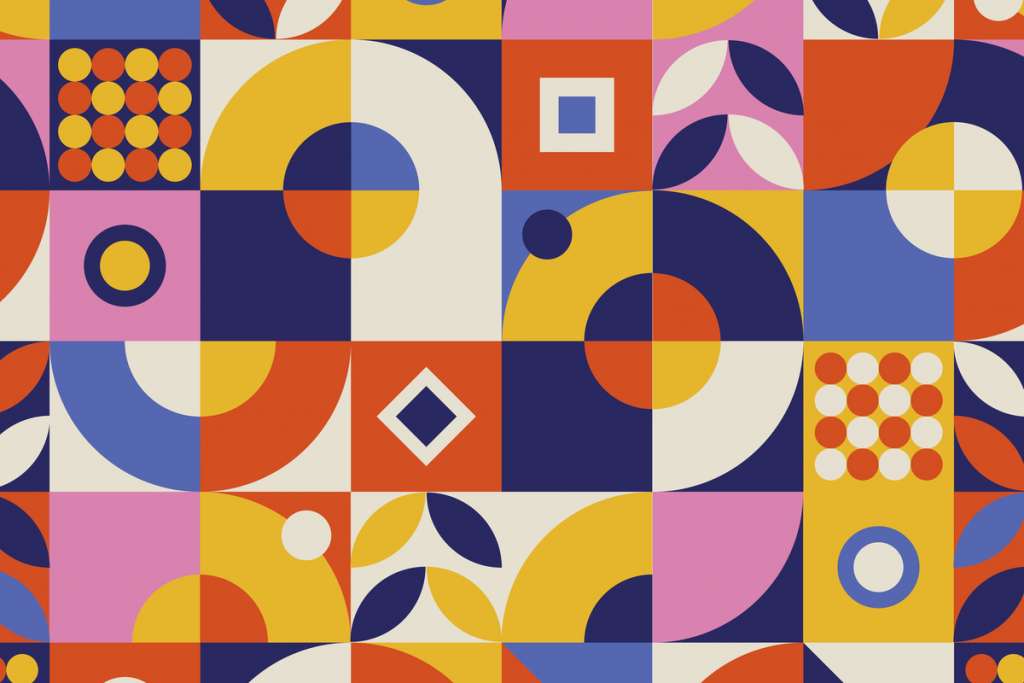
Geometry and maths are important tools used for fashion design, production, and costing. Designers need to have a good sense and understanding of geometric application to create three-dimensional patterns successfully. Based on these patterns, samples are made, and subsequently, if the sample has the right fit and the visual, it goes for production. If a pattern is not right or doesn’t have the right construction, the output product will be of bad quality.
When designers buy the raw materials to create the clothes, they need to make sure that their return or profit is good so that whatever they have invested gets recovered and they make money. Maths plays an important role in calculating profit. Once the design is ready, the designers need to decide the price of their clothing based on the time, material, effort, and raw material used while making it. The costings are created while applying maths. Once clothing items are ready to go on the store floor, even stores work out how much to charge for the clothing and how much discount they can offer without losing out on their margin.
So, it won't be wrong if we say maths and geometry go together when it comes to creating a design. Clothes made by applying principles of geometry are aesthetically pleasing and fit well, thereby getting good sales, which yields a good profit. Be it during the initial investment, during the production run, post-production cost, marketing or store expenses, maths is applied which gives right big numbers at the end of the season or sale.
How important is geometry in pattern making – the first step in any cloth designing
Pattern making is a connection between design and production where a flat piece of fabric takes the shape of the human figure. The purpose of using geometry in pattern making or design is to navigate and guide them through lines and shapes. A pattern making process is the imagination of a designer from the sketching to the final output of a real product.
Conclusion
Geometry provides fashion designers with the means to express themselves through their designs. It helps designers to create a story that they want to showcase. It is not that fashion cannot survive without geometry. But it won’t be wrong if we say that with each passing season fashion would not be what it is today without geometry.
For more insights into designing and the world of fashion, check out the Fashinza website.















